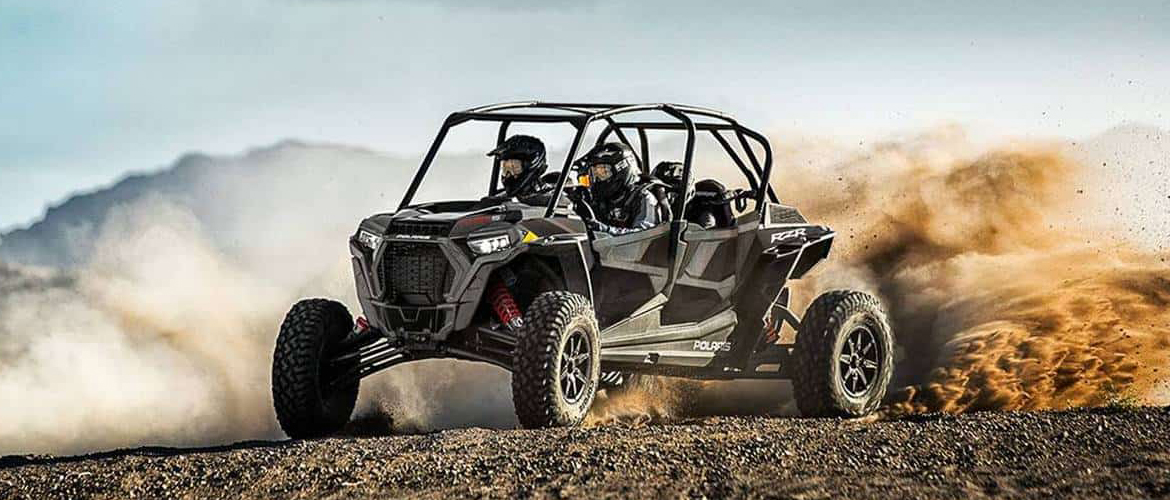Calculate the dune buggy's size. There are numerous sizes for dune buggies. You can choose the volume of the engine in a buggy in addition to the number of passengers who can travel in it securely. One to four persons can fit comfortably in the body's standard sizes.
Decide on the dune buggy's setup. To determine the configuration that would perform great for your dune buggy, you must first determine where you will use it the most. Dune buggies have a variety of suspension, horsepower, and accessory configurations available. For broader coverage of potential road dangers, a few dune buggies will lift themselves higher off the ground.
Think about how you'll move your dune buggy. You can drive some dune buggies to your destination because they are street legal. The only places where other desert buggies can be driven are in remote areas or in areas that have been designated for their use. If the desert buggy is not street legal, you must have a trailer to tow it to your destination.
Purchase a dune buggy. You can start buying now that you've determined the requirements for a dune buggy. Dune buggies are typically sold in outdoor recreation shops. Additionally, you can look for private vendors on websites or in newspaper classifieds. You must be ready to pay using cash, a check, or a credit card because the majority of vendors do not loan dune buggies.
Buggy types
The Polaris has emerged as the most frequently utilised chassis for dune buggies constructed on an existing vehicle, while conversions from other cars have been made. The name "Bug" for the model serves as some of the basis for the word "buggy."
The Beetle console chassis was chosen because it has a rear engine layout that improves traction, an air-cooled engine that avoids the complications and inability points associated with such a water-cooled engine, a front suspension that was thought to be inexpensive and reliable, and spare parts that are both affordable and easily accessible.
The glass-reinforced plastic (fibreglass) bodies that were produced in the 1960s have replaced the early dune buggy conversions' lack of a body or their use of custom sheet metal bodies (like the EMPI Sportsters and other comparable buggies). They come in a variety of shapes and sizes.
A lightweight vehicle called a "sandrail" is similar to a "dune buggy," except that it is made specifically to operate on open sand.
Typically, steel tubes are joined to form sandails, which serve as a spaceframe. The frame "rails" give the structure its name, "sandrail." With this approach, the fabricator can alter the vehicle's essential components (commonly the suspension & addition of a factory finish roll iron frame). The engine is frequently placed behind the driver in sandails, just like in dune buggies. Small engines and one-seaters can range in capacity, as can 8 or more cylinders and four seats in larger vehicles.

